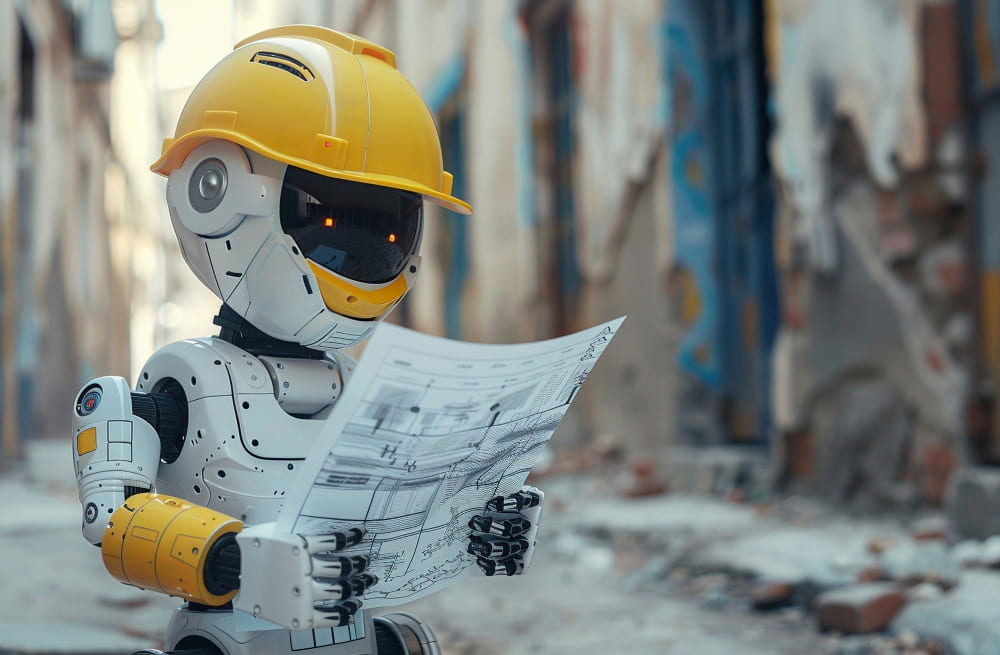
As the adoption of industrial robotics continues to surge, checking quality and safety within this realm becomes paramount. The deployment of robots brings profound changes in productivity, but they come with the responsibility to maintain rigorous quality and safety standards. Check out our article to learn the best practices to uphold these benchmarks.
The Importance of Quality and Safety Standards
Quality and safety standards are foundational for developing, implementing, and operating industrial robots. They make sure that robotics systems operate reliably, efficiently, and safely, mitigating risks of accidents and providing high-quality outputs.
Compliance and Regulation
Adhering to established standards and regulations is not just a legal requirement but also a strategic imperative. Regulatory compliance makes it so that robots do not pose unnecessary risks to human operators and function as intended, maintaining consistent production quality.
Mitigating Risks
Robots handling complex and hazardous tasks necessitate stringent safety measures. Standards help identify potential risks and prescribe measures to mitigate them, making sure that robots operate within safe parameters.
Improving Reliability
Quality standards focus on the reliability and consistency of robots in performing their tasks. That minimizes downtime, reduces maintenance costs, and improves overall productivity.
Key Quality and Safety Standards
Several international and national standards govern the quality and safety of industrial robots. Below are some of the pivotal ones:
ISO 10218-1 and ISO 10218-2
These are the twin pillars of robotics safety standards.
- ISO 10218-1: Specifies the requirements for industrial robot design, manufacturing, and compliance.
- ISO 10218-2: Focuses on the integration of robots into their operating environment, covering safety requirements for robot systems and integration.
ANSI/RIA R15.06
The ANSI/RIA R15.06 is an American National Standard that aligns with ISO 10218-1 and 10218-2, detailing safety requirements for industrial robots and robot systems.
ISO/TS 15066
This Technical Specification provides guidelines for collaborative robots (cobots). It includes parameters on safety-rated monitoring, speed, separation monitoring, and power and force limiting.
Best Practices for Verifying Quality and Safety
Adopting best practices is crucial in maintaining and improving the quality and safety of industrial robotics. Here are some recommended practices:
Rigorous Risk Assessment
Conducting thorough risk assessments is essential in identifying potential hazards associated with robot operations.
- Assess All Stages: Evaluate risks during the design, installation, programming, and operational stages of robot deployment.
- Dynamic Reevaluation: Continually reassess risks as new tasks or environments are introduced.
Implement Redundant Safety Systems
Redundancy in safety systems means that even if one system fails, another can take over, preventing accidents.
- Safety Interlocks: Use interlocks to prevent access to hazardous areas while the robot is operational.
- Emergency Stops: Integrate emergency stop buttons and make sure they are easily accessible and highly visible.
- Light Curtains and Barriers: Employ light curtains and physical barriers to protect operators from entering dangerous areas.
- Scheduled Maintenance: Establish a maintenance schedule adhering to manufacturer recommendations.
- Checklists: Use detailed checklists to make sure all components, including sensors, actuators, and safety systems, are in optimal condition.
- Data Logging: Maintain logs of maintenance activities, repairs, and inspections for traceability.
- Operator Training: Train operators in the safe operation, programming, and troubleshooting of robots.
- Continuous Education: Implement ongoing training programs to update personnel on new safety procedures and standards.
- Certification: Where applicable, make sure operators and maintenance staff have relevant certifications.
- Cross-functional Teams: Establish cross-functional teams comprising engineers, safety experts, and operators to holistically address safety and quality concerns.
- Feedback Loops: Create channels for operators to provide feedback on safety issues and operational challenges.
- A dvanced Sensors: Utilize high-precision sensors for real-time monitoring and decision-making.
- AI and Machine Learning: Employ AI and machine learning algorithms to predict and mitigate potential failures, improving predictive maintenance and operational safety.
- Digital Twins: Implement digital twins for simulation and virtual testing of robot operations, identifying and addressing potential issues before they manifest in the physical environment.
Regular Maintenance and Inspection
Periodic maintenance and inspection are critical for a robots’ long-term reliability and safety.
Training and Competency
Properly trained personnel are a vital component of maintaining robot safety and quality.
Collaboration and Communication
Effective communication and collaboration among all stakeholders—from designers to operators—can significantly improve safety and quality outcomes.
Technological Aids for Quality and Safety
Leveraging technology can further augment quality and safety practices:
Conclusion
Verifying quality and safety in industrial robotics is a multifaceted endeavor that requires adherence to stringent standards, adoption of best practices, and continuous improvement. By understanding and implementing key standards like ISO 10218, ANSI/RIA R15.06, and ISO/TS 15066, alongside rigorous risk assessments, regular maintenance, and effective training, manufacturers can maximize the benefits of industrial robots while minimizing risks.
